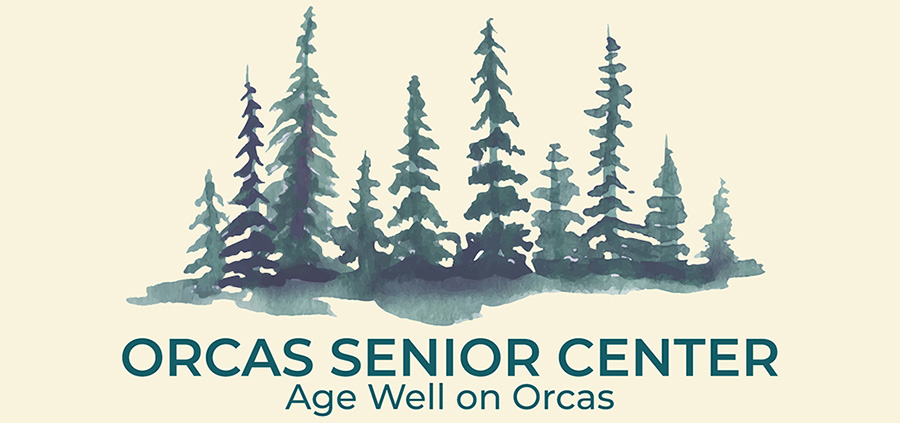||| from Julianne Stanford for Navy Region Northwest |||
SILVERDALE, Wash — The U.S. Navy has completed a final supplement to the 2015 Northwest Training and Testing (NWTT) Final Environmental Impact Statement/Overseas Environmental Impact Statement (EIS/OEIS) to assess the potential environmental impacts associated with proposed ongoing and future military readiness activities within the NWTT Study Area, referred to as the “Study Area.” Military readiness activities include training and research, development, testing, and evaluation activities, referred to as “training and testing.”
In the Final Supplemental EIS/OEIS, the Navy evaluated new, relevant information, such as more recent marine mammal density data and scientific information, and updated previous environmental analyses as appropriate. The Navy prepared the Final Supplemental EIS/OEIS to support the issuance of federal regulatory permits and authorizations under the Marine Mammal Protection Act and the Endangered Species Act.
Proposed Action:
The Navy’s Proposed Action is to continue training and testing activities at sea and in associated airspace within the Study Area. These activities include the use of active sonar and explosives. The Navy will continue to implement mitigation measures to avoid or reduce potential impacts on marine species and the environment from training and testing activities.
Proposed activities are similar to those that have occurred in the Study Area for decades and previously analyzed in the 2015 document.
The purpose of the Proposed Action is to conduct training and testing activities to ensure the Navy can accomplish its mission to maintain, train, and equip combat-ready naval forces capable of winning wars, deterring aggression, and maintaining freedom of the seas.
To achieve and maintain military readiness, the Navy proposes to:
- Continue training and testing activities at sea and in associated airspace at levels required to support military readiness requirements beyond 2020.
- Incorporate evolving mission requirements, including those resulting from the development, testing, and introduction of new vessels, aircraft, and weapons systems into the fleet.
The Study Area remains unchanged from the 2015 NWTT Final EIS/OEIS. The Study Area is comprised of established maritime operating areas and warning areas in the northeastern Pacific Ocean, including areas within the Strait of Juan de Fuca, Puget Sound, and the Western Behm Canal in southeastern Alaska. The Study Area includes air and water space within and outside Washington state waters and established special use airspace, Navy pierside and harbor locations within Washington state waters, and air and water space outside the state waters of Oregon and Northern California. A predominant portion of the Study Area offshore remains outside of 12 nautical miles from the coastlines of Washington, Oregon, and California. No land-based activities were analyzed in the Final Supplemental EIS/OEIS.
Availability of the Final Supplemental EIS/OEIS:
In accordance with National Environmental Policy Act regulations, the Navy will wait a minimum of 30 days after publication of the Final Supplemental EIS/OEIS before making a final decision on the action.
The Navy is committed to providing an accessible version of the Final Supplemental EIS/OEIS to the public during COVID-19 conditions. The document will be available to the public on the project website www.NWTTEIS.com beginning Sept. 18, 2020. If you need assistance accessing the document, please contact Ms. Julianne Stanford, Navy Region Northwest Public Affairs Office, at julianne.stanford@navy.mil or 360-867-8525.
**If you are reading theOrcasonian for free, thank your fellow islanders. If you would like to support theOrcasonian CLICK HERE to set your modestly-priced, voluntary subscription. Otherwise, no worries; we’re happy to share with you.**






